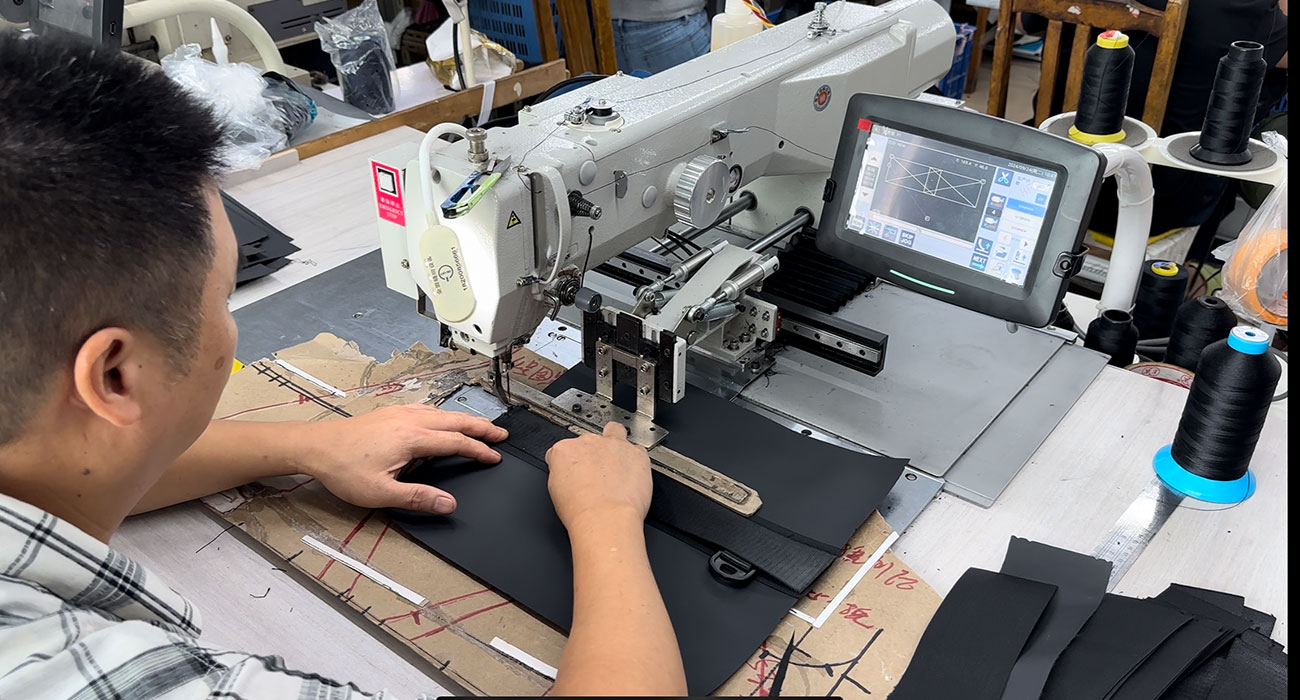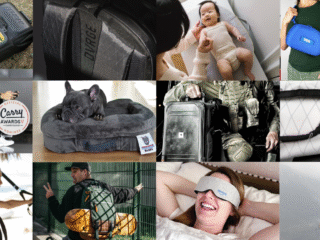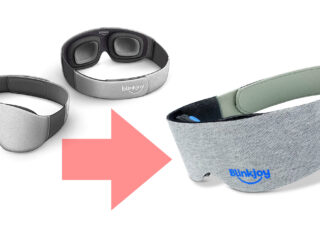Whether you’re creating backpacks, wearables, baby products, automotive accessories for EV vehicles, or sports and exercise equipment — the path from idea to production is filled with both opportunity and risk. One of the most important factors in determining your success is how well you integrate Design for Manufacturing (DFM) into your process from the very beginning.
While it’s tempting to focus only on the creative side of product design, failing to account for manufacturability can lead to costly mistakes, delayed launches, and products that can’t be scaled effectively. This is where DFM becomes a powerful tool — ensuring that every design decision moves you closer to a high-quality, market-ready product.
What is Design for Manufacturing (DFM)?
Design for Manufacturing is the process of designing a product so it can be manufactured efficiently, cost-effectively, and at scale — without sacrificing quality. In soft goods development, this means considering factors like:
-
Material selection and availability
-
Construction methods and stitching details
-
Pattern complexity and cutting efficiency
-
Tolerances and sizing consistency
-
Assembly time and labor costs
-
Durability and compliance standards
When DFM is applied from the start, the transition from soft goods prototyping to full-scale production is smoother, faster, and more predictable.
Why DFM Matters in Soft Goods Design
Many first-time entrepreneurs and even established brands fall into the trap of designing a product in isolation — without considering how it will actually be produced. This often leads to prototype revisions, missed deadlines, and budget overruns.
By integrating DFM early in the soft goods prototyping process, you gain:
-
Accurate Costing and Quoting – Manufacturers can provide more precise estimates when your design is production-ready.
-
Reduced Risk of Errors – DFM helps eliminate unclear specifications that lead to production mistakes.
-
Faster Time-to-Market – Fewer design changes mean a more streamlined manufacturing timeline.
-
Better Supplier Relationships – A production-ready design instills confidence in your manufacturing partners.
At studioFAR, we’ve worked with brands that have saved months of development time — and thousands of dollars — simply by ensuring their designs were built with manufacturing in mind from day one.
The Role of Prototyping in DFM
Soft goods prototyping is a critical stage in applying DFM principles. The prototype acts as a bridge between your design concept and the final manufactured product. This stage is where you test your ideas against real-world constraints — verifying materials, fit, comfort, and durability.
In practice, a DFM-focused prototyping process involves:
-
Building prototypes using production-intent materials
-
Testing stitching methods, closures, and hardware for durability
-
Making adjustments for manufacturability without compromising the product’s performance or aesthetics
-
Evaluating packaging and labeling needs for compliance and branding
For example, when designing EV vehicle accessories such as seat organizers or trunk storage systems, prototyping allows you to test installation methods, weight tolerances, and wear resistance — all while ensuring the design can be mass-produced efficiently.
How Tech Packs Support DFM
A tech pack is the central document in any soft goods manufacturing project — and it plays a key role in DFM. This detailed blueprint communicates every aspect of your design to your manufacturer, including:
-
Material specifications
-
Colorways and finishes
-
Pattern files and measurements
-
Construction details and assembly order
-
Labeling and packaging requirements
By creating a tech pack that reflects DFM principles, you ensure there’s no ambiguity between you and your factory. This reduces production risks and helps your manufacturer quote, sample, and produce your product more accurately.
Common DFM Mistakes in Soft Goods Development
From our experience working with startups and global brands at studioFAR, the most common DFM mistakes include:
-
Overly complex designs that increase production costs unnecessarily.
-
Using rare or custom materials that cause supply chain delays.
-
Skipping early factory input, leading to redesigns late in the process.
-
Neglecting compliance requirements for safety, especially in categories like baby products or sports equipment.
These issues can often be avoided by collaborating with a design and development partner who understands both creative innovation and manufacturing realities.
DFM Across Different Soft Goods Categories
One of the strengths of DFM is that it’s adaptable across many soft goods industries:
-
Baby Products – Ensuring safety compliance, ease of cleaning, and ergonomic comfort while still being cost-efficient to produce.
-
Automotive Accessories for EV Vehicles – Designing for easy installation, durability, and compatibility with different EV models.
-
Sports & Exercise Equipment – Creating products that can withstand repeated use while keeping production costs manageable.
-
Travel & Wearable Goods – Balancing style, function, and manufacturing efficiency to meet consumer expectations.
Each category has unique requirements — but the foundation of DFM remains the same.
Partnering with studioFAR for DFM Success
DFM is not just a technical process — it’s a strategic advantage. At studioFAR, led by Fernando A. Robert, we specialize in guiding brands through the entire soft goods development process — from initial concept sketches to prototyping, tech pack creation, and production oversight. Our deep experience ensures that every design decision supports both your creative vision and your manufacturing goals.
Whether you’re launching your first product or expanding an existing line, integrating DFM from the start can mean the difference between a smooth launch and an expensive delay.
Final Thoughts
Design for Manufacturing is more than a best practice — it’s an essential strategy for anyone serious about bringing a soft goods product to market successfully. By combining prototyping, tech packs, and factory collaboration, you can minimize risk, reduce costs, and launch faster with confidence.
If you’re ready to take your idea from prototype to production without costly mistakes, studioFAR can help you navigate every stage of the journey.
Contact us today to learn how we can bring your next soft goods product to life — production-ready, on time, and within budget.
Feel free to schedule a call here:




